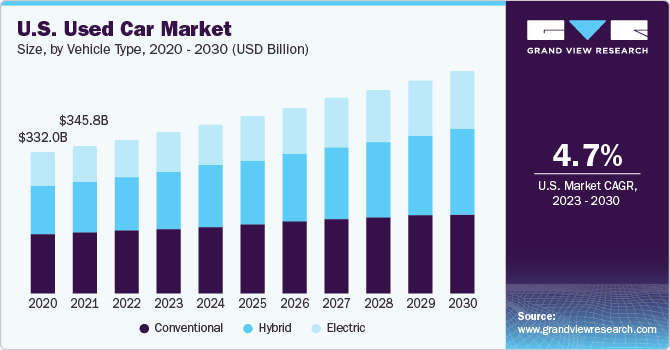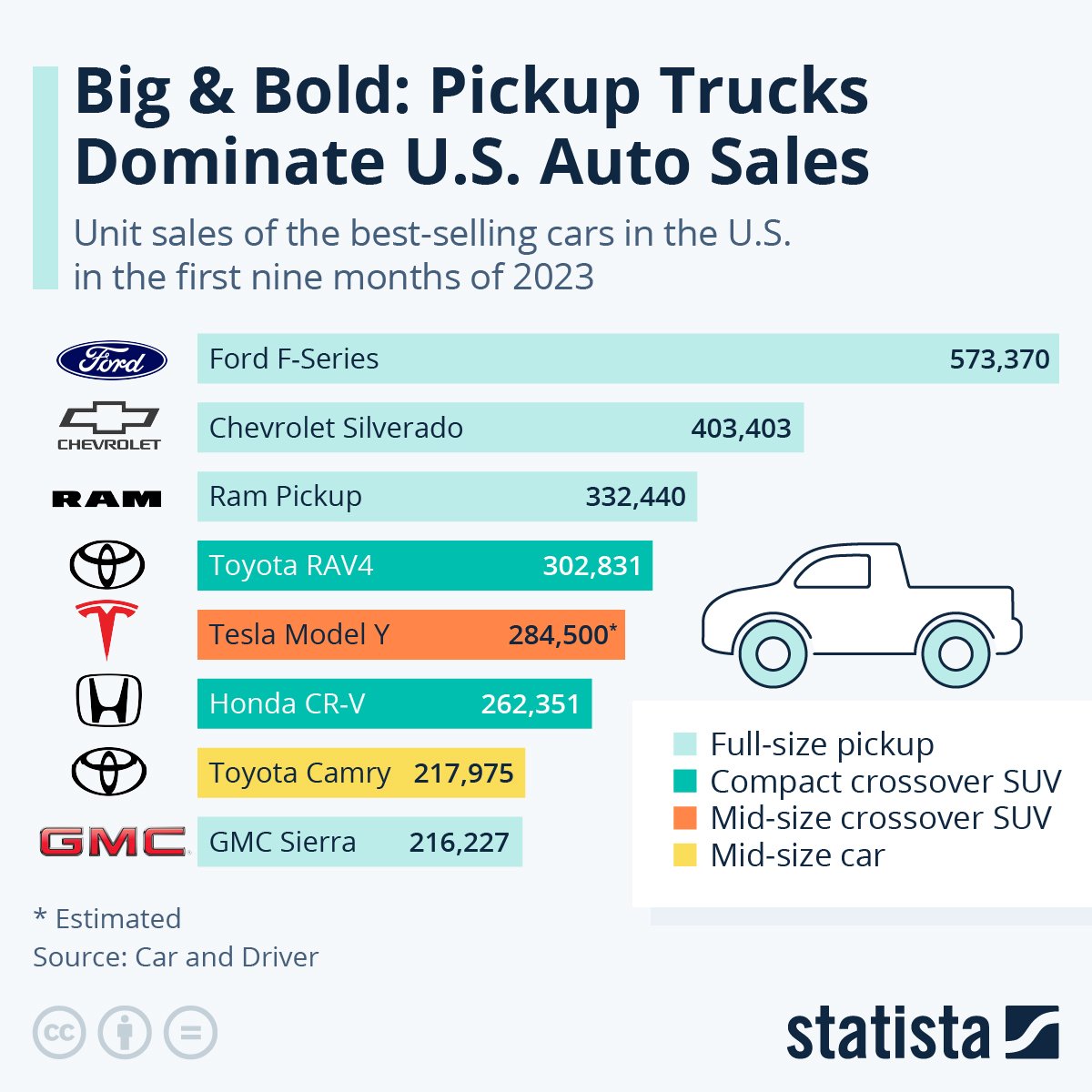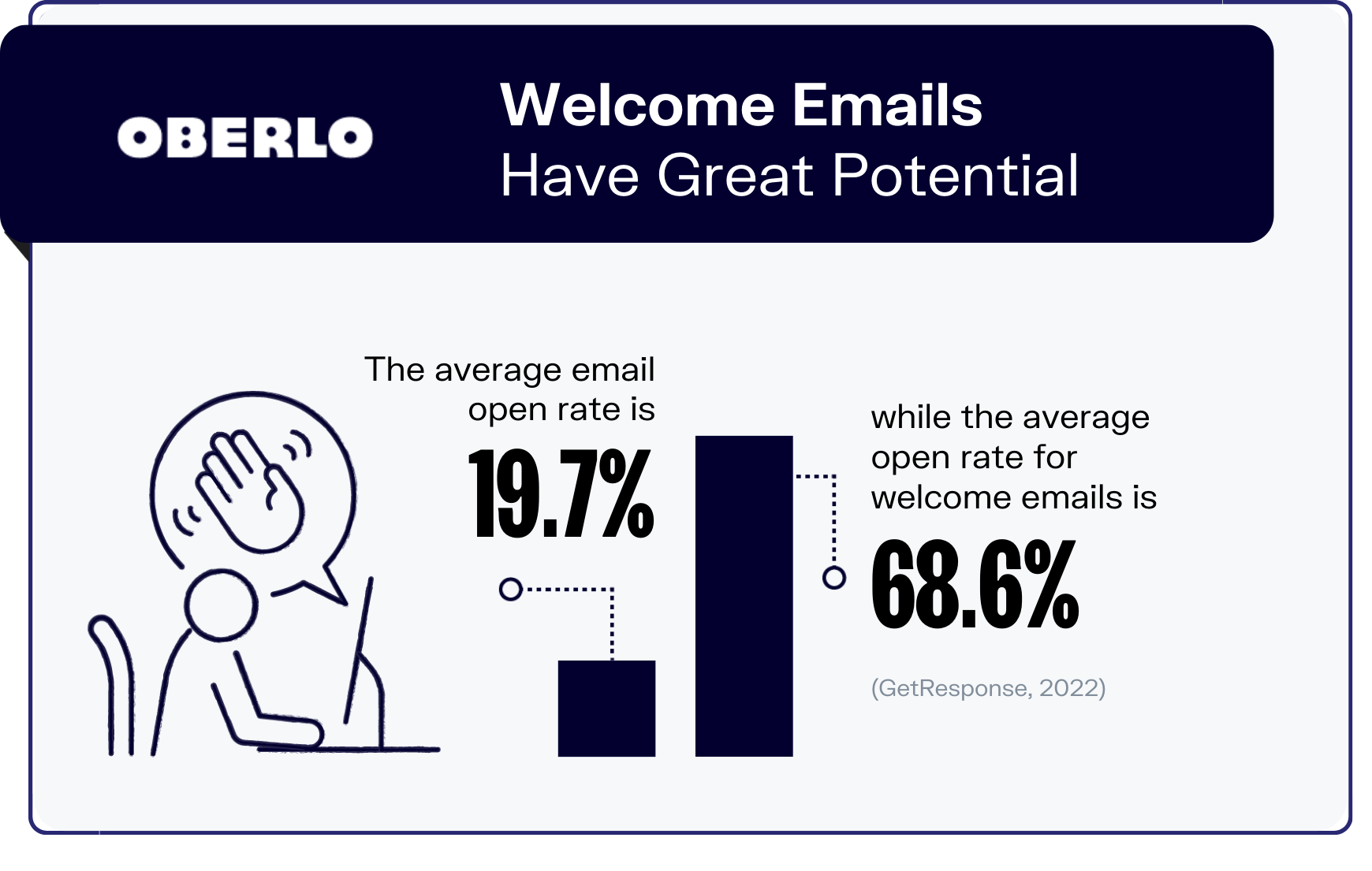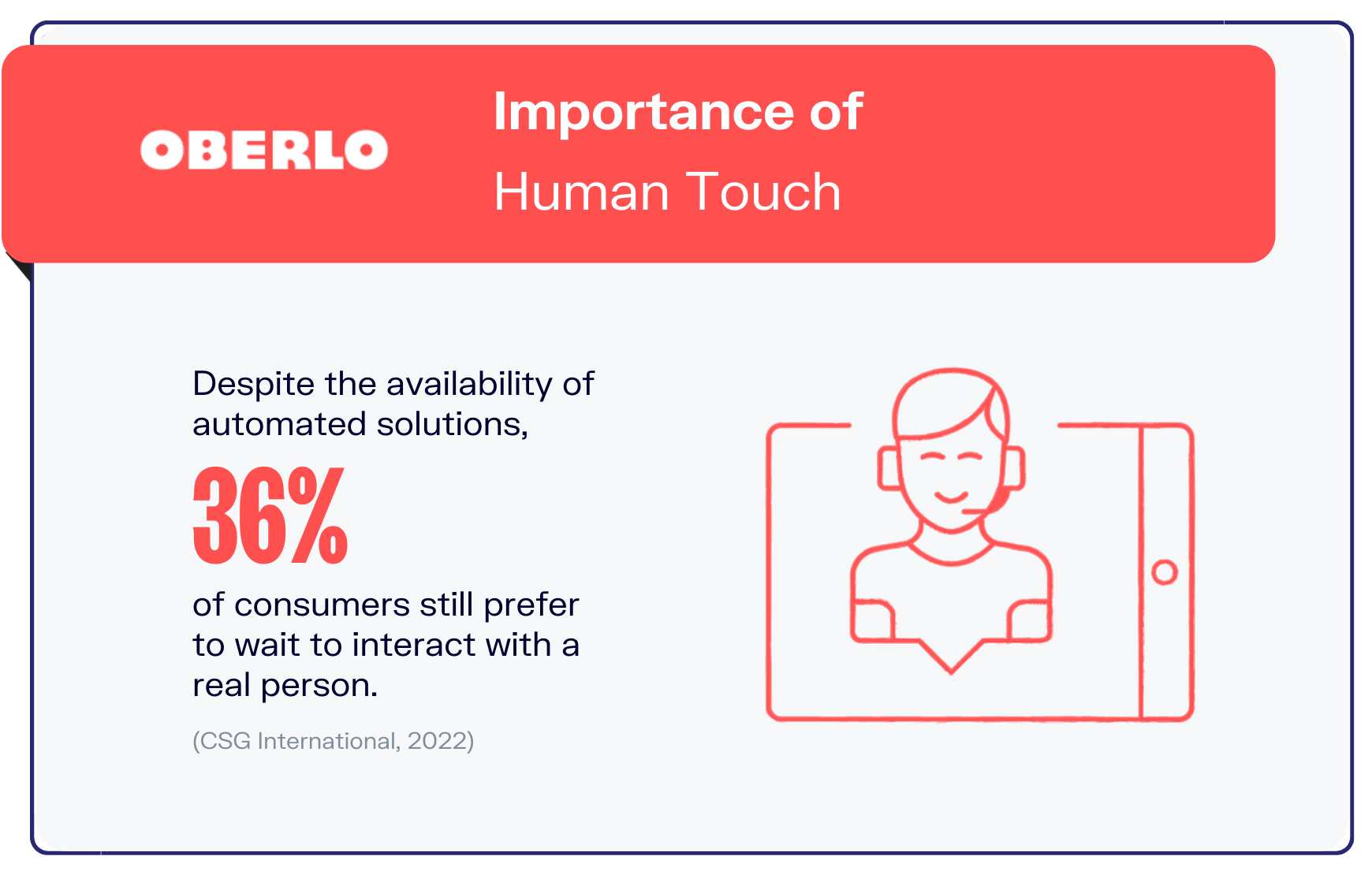The U.S. new car dealership market is expected to grow at a compound annual growth rate (CAGR) of 2.5% from 2023 to 2028. It is projected to reach $1.4 trillion in value by 2028. There are also 38,000 used car dealers bringing in $280 billion annually. Opportunities are abundant for aspiring entrepreneurs.

Successful car dealerships require far more than just a love of cars and a desire to run your own business. Significant investments must be made in real estate, inventory, staff, legal compliance, insurance, marketing, and maintaining strong relationships with automotive manufacturers.
This guide will walk you through how to start a car dealership. Topics include market research, competitive analysis, registering an EIN, forming a legal business entity, obtaining business insurance, marketing, customer focus, and more.
1. Conduct Car Dealership Market Research
Market research is essential to starting your own car dealership. It offers insights into your target market, local market saturation, and trends in selling cars. Market research is necessary for a thorough business plan.

Some details you’ll likely learn through new and used car dealership market research include:
- Start-up costs for a car business vary widely based on size and location.
- The top-selling car models vary each year, but popular choices often include trucks like the Ford F-Series and SUVs like the Toyota RAV4.
- Estimate $3-5 million minimum to establish a profitable new car franchise.
- A growing trend is the increase in online car shopping, with a significant number of consumers starting their car-buying journey on the internet.
- Many consumers opt for financing when purchasing a car. Explore financing trends and options through industry reports and financial news sources.
- Despite high investment, 94% of car dealers describe profitability as very good/good given strong ongoing market demand.
With proper planning, capitalization, inventory, marketing, customer service, and cost controls, car dealerships remain a lucrative hands-on small business opportunity.
2. Analyze the Competition
Understanding the competitive landscape is crucial when launching a new car dealership. This involves evaluating both local brick-and-mortar rivals as well as assessing broader industry competition trends.
Start by identifying all active dealerships selling similar makes and models within a 20-mile radius. Visit lots in person to judge sales processes, facility conditions, staffing, and inventory levels. Mystery shop by posing as a buyer to help compare offerings, prices, and customer service approaches.
Research dealers’ online presence and marketing efforts through review sites like DealerRater, plus Google, Facebook, and YouTube activity. Evaluate website traffic, review volume, and ratings. Assess the impact of brand reputation and recognition in your target region.
Analyze pricing from both local lots and national third-party listing sites such as TrueCar and Cars.com to gauge regional competitive pricing levels and where you can compete. Use inventory feeds to assess model availability and turnover rates.
Review revenue, margins, cost structures, and profitability trends over the past 5 years to benchmark against. Assess the growth of online sales through sites like Carvana and Vroom which have captured over 10% market share.
Ongoing competitive analysis lets dealers continually hone market positioning, manage costs/margins, meet local demand, attract the best inventory trade-ins, justify optimal pricing, and ultimately sustain a thriving car dealership.
3. Costs to Start a Car Dealership Business
Starting a car dealership requires substantial upfront capital and financing to cover real estate, construction/renovation, inventory, staffing, licensing, and meeting manufacturer requirements before opening for business. These start-up costs typically range from $3-5 million.
Start-up Costs
- Real Estate & Construction: Plan $5-10 million to buy and develop prime retail land for a flagship 50,000+ sq ft showroom. Leasing existing dealership property helps lower initial costs closer to $2-3 million.
- Legal Franchise Fees & Manufacturer Requirements: New car manufacturers charge around $500 per vehicle expected in starting inventory, so for example 200 new cars would incur $100,000 in franchise fees.
- Starting Inventory: Estimate needing $1-2 million minimum tied up in new and used vehicle inventory.
- Staffing: Salespeople earn an average commission of around 20-30% of the dealership’s net front-end gross profit on vehicles sold. Top performers can expect annual earnings over $250k. You’ll also need to hire a team for your service department to service vehicles on-site.
- Insurance, Licensing & Compliance: Budget at least $15,000 for general liability plus product liability insurance. State licensing, bonding, and dealer training courses cost around $3,000 per person.
- IT & Marketing: Customer Relationship Management (CRM) and sales management systems specifically tailored for dealerships average around $5000 for setup and $1500 monthly for support/hosting.
Ongoing Costs
- Rent/Mortgage: Dealerships must keep prominent, high-visibility locations. Expect rent between $20-40 psf monthly in a major metro market for a typical 25,000 sq ft facility and accompanying display parking.
- Payroll: Assuming steady sales volume, plan around $250,000 monthly for the full staff payroll including commissions and bonuses. Staff count often expands in years 2-3.
- Insurance/Licensing: Average about $25,000 monthly for full commercial auto dealership insurance coverage. Ongoing franchise fees tally around $30 per vehicle for newer dealers.
- Lot Maintenance/Transportation: At least $15,000 per month should go toward keeping inventory clean/maintained plus transporting newly acquired vehicles from auctions.
- Advertising: Most dealers spend $2500-4000+ monthly on retention marketing and customer incentives via digital channels, radio, television, print, and local event sponsorships.
Proper planning, prime location, and strong automaker affiliation provide the foundations for an independent dealership. However, launching a successful operation requires extensive capital and financial commitment.
4. Form a Legal Business Entity
To sell cars through new or used car dealerships, a business must first form a legal entity. Weighing the pros and cons of sole proprietorships, partnerships, corporations and LLCs (limited liability companies) will determine the best entity for your goals.
Sole Proprietorship
A sole proprietorship offers administrative simplicity but no personal asset protection. As a single owner, you face unlimited personal liability for debts and legal claims against the business. You also pay personal and business taxes together under your tax ID. This high financial risk makes sole proprietorships extremely rare for capital-intensive dealerships.
Partnership
Partnerships allow sharing of initial investments and leveraging different expertise between two or more owners. However, you still assume unlimited personal liability together for the business’s actions and debts. Incomes taxes also pass straight through to owners to report on personal returns. Difficult to dissolve partnerships and potential personal disputes make this structure undesirable.
Corporation
Establishing a standard corporation provides limited liability protection for owners while allowing you to raise investment capital through selling shares of company stock. Corporate taxation leads dealerships to pay taxes twice, first directly on company profits and again on shareholders’ dividend payouts. Formal structuring also limits controlling owners’ flexibility and increases administrative hurdles relative to LLCs.
Limited Liability Company (LLC)
Forming a car dealership as an LLC delivers the best of all worlds for most entrepreneurs. LLC protection limits owner liability over the business entity’s actions. Income passes through directly to members’ taxes like a partnership while avoiding double taxation. LLCs afford great flexibility to admit new investors through ownership units and run company governance informally compared to corporations.
5. Register Your Business For Taxes
Even as a single-member LLC, every car dealership must obtain its own IRS-issued Employer Identification Number (EIN) for tax and banking purposes before launch. An EIN essentially serves as the business’s social security number for legally opening business bank accounts, paying employees, and filing taxes.
As a successful car dealership owner, you will still report all company earnings and expenses through your social security number on your annual personal tax return. But your LLC itself requires an EIN to interface with any financial institutions or government agencies.
Applying for an EIN takes just minutes online for free through the official IRS EIN Assistant. No special tax software or preparers are required. The online wizard will ask you to select your LLC’s state registration location, business activity category (retail auto sales), ownership structure, contact details, and preferred tax year-end month before instantly issuing your EIN.
The same IRS EIN Assistant portal also reminds you to immediately establish sales tax reporting procedures and sites for monthly remittance of collected customer sales taxes. Every state sets its own sales tax registration process through local departments of revenue or taxation.
6. Setup Your Accounting
Robust accounting is mandatory for succeeding in the high transaction volume car dealership industry. Carefully tracking every vehicle purchase, trade-in valuation, reconditioning expense, sales price, finance charge, and service invoice to account for fluctuating inventory assets and sales margins month-to-month is no simple task.
Accounting Software
Trying to manually compile spreadsheets of the endless streams of complex dealer paperwork is impractical. Instead, invest in automotive-focused accounting software for integrated reporting on profitability, tax liabilities, cost control, and cash flow. QuickBooks seamlessly syncs with bank accounts, payroll processors, and DMV reporting agencies.
Hire an Accountant
Equally as important as software is partnering with an accountant experienced specifically in dealership accounting needs like rolling inventory tracking, LIFO vs FIFO costing, floorplan financing, factory incentive earnings, chargeback reserves, and layered sales tax calculations. A dealer accountant handles everything from monthly close reconciliation to full financial statement preparation.
Open a Business Bank Account
As an independent LLC entity, establishing a dedicated business checking account keeps all transactions separate from personal finances, clearly delineating expenses for cleaner documentation. Doing so also builds credibility with vendors, lenders, and manufacturers.
Apply for a Business Credit Card
Securing a business credit card in the LLC’s name – even as the only employee initially – simplifies tracking deductible expenses. Business card limits are determined by both personal credit scores and company revenue size but often start around $10,000 for a fledgling small business. Your EIN and LLC registration documents are all that is needed to apply.
7. Obtain Licenses and Permits
Even after formally registering your dealership as an LLC, several critical state, federal, and manufacturer-level licenses must be secured. Find federal business license information through the U.S. Small Business Administration. The SBA also offers a local search tool for state and city requirements.
Start by contacting your state’s dedicated automotive licensing body, often called the Motor Vehicle Dealer Board, to register for sales and finance licenses for both the LLC entity and individual dealership personnel transacting with customers.
You must also undertake federal truth-in-lending and state consumer protection training to understand legal requirements around clearly disclosing finance terms, properly structuring sales contracts, calculating interest rates and fees, documenting income verification, and securely maintaining customer privacy records.
Your finance manager specifically will need to pass an extensive background check and often minimum credit score requirements to earn state approval for handling customer financing applications and interactions with banks and credit unions providing auto loans and leases. This ensures consumers transact with trustworthy professionals.
New car manufacturers also mandate facility audits, minimum training certifications, dedicated IT platform installations, and extensive onsite final inspections. To sell vehicles, all regulating factors must be in order.
Separately, used car operations must implement a rigorous inventory acquisition inspection process guided by reseller certification programs like NIADA True 360 to verify vehicle history, title validity, accident avoidance, flood/storm exposure, odometer accuracy, and proper disclosure timing when displayed for customers.
In total, expect over $125,000 in licensing fees, training, audits, and compliance processes before the doors ever open. But rigorously completing every requirement demonstrates utmost professionalism to manufacturers, regulators, and customers alike while letting you focus on profitable sales free of legal distractions once launched.
8. Get Business Insurance
Given the high value of inventory assets and liability risks inherently involved in opening an independent car dealership, comprehensive insurance coverage represents a mandatory cost of doing business for every dealership. Beyond protecting buildings and trademarked signage, owners must mitigate financial dangers across these scenarios:
- A disgruntled customer sets fire to $2 million of vehicles parked on the sales lot after perceptions of deceptive pricing, destroying company assets.
- A test drive accident caused by a distracted salesperson leads to major injuries for the customer, resulting in a $10 million lawsuit against both the employee and the parent dealership.
- A parts department employee embezzles $500,000 over 2 years by ordering unneeded stock and reselling items under the table before getting caught.
In each case, insufficient insurance jeopardizes the LLC’s equity and even the owner’s assets unless policies cover damaged goods, legal judgments, employee theft, and liability claims. This necessary protection does add over $20,000 in annual premiums but pales compared to uninsured losses.
Brokers like Polly provide tailored coverage for these dealership exposures across property, casualty, commercial crime, workers’ compensation, umbrella, and employment practices liabilities.
Expect underwriting requirements like 5 years of personal tax returns, resumes of key managers, inventory listing, and facility safety mechanisms. Calculate coverage levels adequately to replace buildings, vehicles, equipment, and systems, and handle worst-case legal judgments.
9. Create an Office Space
Even as inventory and operations remain on a large dedicated parcel of commercial land, car dealerships benefit enormously from access to professional office facilities for sales/finance transaction privacy, administrative work, staff meetings, and customer hospitality away from the sales floor.
Coworking Office
Seeking out an automotive-tailored coworking environment like WeWork provides turnkey office infrastructure from $300 per desk monthly. However, limited inventory storage, test drives, and customer visits still require separate sales facilities. Coworking better suits scaling corporate roles like digital marketing, IT, and accounting for a growing dealer group with existing retail sites secured.
On-Site Office
Having 2-4 private sales/finance offices plus a larger customer lounge in your dealership is useful. Sales consultant offices may occupy as little as 100 sq ft each for desks, chairs, and secured file storage at around $25 per square foot to build out upfront. A separate 500 sq ft closing room offers ample space for finance discussions and test drive briefings at $40 per square foot.
10. Source Your Equipment
Launching a dealership requires extensive upfront equipment investments even before acquiring any inventory. From tools and lifts in service bays to computers running specialized sales systems, properly outfitting the facility represents over $500,000 in costs. Carefully weighing new purchases, used alternatives and lease financing provides flexibility.
Buy New
Buying brand-new manufacturer-certified equipment through companies like NAPA Auto Parts, Car-O-Liner, and Rotary Lift ensures full warranties and trade-in value. However, top-quality fixtures, audio-visual systems, customer lounge furnishings, and the like quickly run costs over $1 million. Financing new equipment over 5-7 years often makes payments manageable by deferring upfront capital needs.
Buy Used
Seeking out high-grade used equipment through commercial auction/liquidation sites like MyAutoAuction and government surplus sellers provides major cost savings, often 40% or more buying the same necessary items secondhand. The availability of specialty tools like laser frame alignment rigs or manufacturer-required IT infrastructure remains hit or miss from these marketplaces.
Lease
Equipment leasing allows deferring large capital investments in favor of smaller monthly operating expenses to conserve cash flow for real estate, construction, and inventory needs at launch. Consider leasing more generic assets like office furnishings, non-specialty shop tools, and basic IT hardware that don’t require manufacturer-mandated ownership.
11. Establish Your Brand Assets
Cultivating a recognizable brand identity directly fuels sales by clearly conveying your dealership’s market positioning, strengths, and values to connect emotionally with car shoppers from the outset.
Get a Business Phone Number
Start by acquiring a toll-free business phone line through a leading VoIP provider like RingCentral to project professionalism and service locality. A consistent business number across marketing materials, signage, websites, and ads increases visibility and memorability when consumers are ready to contact your store.
Design a Logo
Design an emotive brand logo and visual identity that instantly communicates your offerings – whether mainstream, luxury, trucks, imports, or electric vehicles for example. Consider free branding tools from Looka to create on-theme logos, print collateral templates, digital ads, and signage reflecting your niche.
Print Business Cards
Business cards also remind customers of your brand during initial interactions and later when referral needs arise. Order professional cards affordably from Vistaprint to represent the sales department and broader administrative contacts.
Get a Domain Name
Secure the ideal .com domain name for your dealership’s name and geo-targeted locale through registrars like Namecheap for $15 annually. Redirect variants to the primary site and leverage email addresses matching the domain to reinforce digital visibility.
Design a Website
An immersive website converts feature explorers into on-lot visitors. Those with limited web development expertise can leverage intuitive site builders like Wix to launch quickly. Or hire an expert WordPress agency through Fiverr starting around $5,000. Integrate lead forms to nurture anonymously visiting prospects.
12. Join Associations and Groups
Successfully launching a new car dealership relies heavily on tapping into industry connections for mentorship, best practices, marketing partnerships, and employee recruiting.
Local Associations
Area dealer associations like and national groups including the National Automobile Dealers Association provide newcomers with immense insights through regular peer roundtables, training programs, and annual conferences covering everything from compliance and finance to digital marketing trends. Typical first-year group dues average under $1000.
Local Meetups
Along with the National Automobile Dealers Association, local auto aftermarket meetups organized through sites like Meetup offer both formal discussion panels and open networking on regional inventory sourcing, sales process innovations, and staff training approaches. Interacting in person several times each year often sparks helpful connections that benefit both new and experienced dealers.
Facebook Group
Participating in broader national dealer communities through Facebook also connects entrepreneurs with wider industry perspectives. Groups like Independent Auto Dealers of North America and Local Used Cars Owner & Dealers – Great Used Car Deals regularly discuss effective digital marketing tactics, manufacturer relations, compliance essentials, and technology integrations relevant across all dealers, major metro to rural.
13. How to Market a Car Dealership Business
Robust, metrics-driven marketing represents the lifeblood of car dealerships. Without continually filling the sales pipeline through proven digital and traditional tactics, even the highest quality offerings struggle to reach revenue goals.

Personal Networking
Start by incentivizing delighted customers to directly refer friends and family seeking their next vehicles. Simple yet highly effective programs like offering $100 cash or service credits to existing clients who proactively advocate for your dealership often spur significant word-of-mouth interest.
Digital Marketing
Digital advertising channels then allow precision targeting of contextually engaged consumers during earlier research phases of their buying journeys using first-party data like past visitors to your website.
Potential digital approaches include:
- Google Search campaigns focused on high-intent keywords around specific makes/models available in your inventory coupled with display/video ads retargeting site visitors across Google’s network
- Facebook/Instagram leads ads tailored toward relevant buyer demographics and interests within your geographic radius
- YouTube video marketing highlighting personalized walkarounds of the latest inventory additions, dealership facilities, and customer reviews
- On-site blog and educational content driving organic search traffic plus search engine optimization
More traditional mediums also continue providing localized brand presence and promotions albeit typically at lower returns per dollar spent compared to digital.
Traditional Marketing
Traditional options such as:
- Oversized dealer lot signage viewable from adjacent highways
- Eye-catching print ads in regional newspapers and magazines
- Radio spot advertising on popular commuter stations
- Direct mail campaigns announcing new incentive offers and inventory to farmer postal records
- Local event sponsorships like youth sports teams and charity fundraisers
An orchestrated blend of digitally targeted messaging with supplemental community-based placements casts the widest visibility net possible to sustain sales pipeline interest as older generation buyers get replaced by even more digital-centric younger demographics over time.
14. Focus on the Customer
Highly attentive, transparent customer service represents the largest opportunity for car dealerships to earn lifelong buyer loyalty and referral revenue. In an industry often maligned for pushy haggling and bait-and-switch techniques, a consultative process earns immense goodwill.

Delivering exceptional service starts from the first digital interactions when shoppers request pricing quotes through site contact forms and call the provided dealership phone number with questions. Ensuring fast, detailed follow-ups set an early tone of professionalism.
On the sales lot, dedicating ample unrushed time to assessing customer needs, clearly explaining options, and welcoming extended test drives solidifies trust in your recommendations. Structuring pricing negotiations around maximizing long-term value also resonates.
Post-purchase, proactively scheduling complimentary multi-point inspections alongside standard factory servicing keeps clients engaged. Seeking customer input on potential showroom amenities suggests a commitment to continual improvement focused squarely on exceeding expectations.
With today’s online reviews holding substantial sway for prospective customers assessing multiple options, delivering consistent five-star service motivates happy buyers to enthusiastically endorse your dealership to friends. Nothing markets a dealer more effectively than unsolicited word-of-mouth referrals from satisfied customers.
